Indesit IDL 550 Handleiding
Indesit
Vaatwasser
IDL 550
Bekijk gratis de handleiding van Indesit IDL 550 (80 pagina’s), behorend tot de categorie Vaatwasser. Deze gids werd als nuttig beoordeeld door 103 mensen en kreeg gemiddeld 3.8 sterren uit 52 reviews. Heb je een vraag over Indesit IDL 550 of wil je andere gebruikers van dit product iets vragen? Stel een vraag
Pagina 1/80

DISHWASHER
EN
English, 1
EN
Instruction booklet
IDL 550
IDL 600
Contents
Installation, 2-3
Positioning and levelling
Connecting the water and electricity supplies
Technical data
Description of the appliance, 4
Overall view
Control panel
Loading the racks, 5
Lower rack
Cutlery basket
Upper rack
Start-up and use, 6
Starting the dishwasher
Loading the detergent
Washing options
Wash cycles, 7
Wash cycle table
Rinse aid and refined salt, 8
Loading the rinse aid
Loading the refined salt
Care and maintenance, 9
Shutting off the water and electricity supplies
Cleaning the dishwasher
Preventing unpleasant odours
Cleaning the sprayer arms
Cleaning the filters
Leaving the machine unused for extended periods
Precautions and advice, 10
General safety
Disposal
Saving energy and respecting the environment
Troubleshooting, 11
FR
Français, 12
Espanol, 34 Portuges, 45
ES
Dutch, 23
PT
Polski, 56
EL
ÅëëçíéêÜ, 68
NL
PL

2
EN
Keep this instruction manual in a safe place for future
reference. If the appliance is sold, given away or
moved, please ensure the manual is kept with the
machine, so that the new owner may benefit from the
advice contained within it.
Please read this instruction manual carefully: it
contains important information regarding the safe
installation, use and maintenance of the appliance.
If the appliance must be moved at any time, keep it
in an upright position; if absolutely necessary, it may
be tilted onto its back.
Positioning and levelling
1. Remove the appliance from all packaging and
check that it has not been damaged during
transportation.
If it has been damaged, contact the retailer and do not
proceed any further with the installation process.
2. Check the dishwasher by placing it so that its sides
or back panel are in contact with the adjacent
cabinets or even with the wall. This appliance can also
be recessed under a single worktop (
see the
Assembly instruction sheet
).
3. Position the dishwasher on a level and sturdy floor. If
the floor is uneven, the front feet of the appliance may
be adjusted until it reaches a horizontal position (the
angle of inclination must not exceed 2 degrees). If the
appliance is levelled correctly, it will be more stable and
much less likely to move or cause vibrations and noise
while it is operating.
Connecting the water and electricity
supplies
Connection to the water and electricity supplies
should only be performed by a qualified technician.
The dishwasher should not stand on top of the water
hoses or the electricity supply cable.
The water inlet (A) and outlet (B) hoses and the
electricity supply cable may be positioned towards the
right or the left in order to achieve the best possible
installation (
see figure
).
Connecting the water inlet hose
• To a suitable cold water connection point: before
attaching the hose, run the water until it is perfectly
clear so that any impurities that may be present in
the water do not clog the appliance; after
performing this operation, screw the inlet hose
tightly onto a tap with a ¾ gas threaded
connection.
• To a suitable hot water connection point: your
dishwasher may be provided with hot water from
the mains supply (if you have a central heating
system with radiators) provided that it does not
exceed a temperature of 60°C.
Screw the hose to the tap as described for
connection to a cold water supply.
If the inlet hose is not long enough, contact a
specialist store or an authorised technician (
see
Assistance
).
The water pressure must be within the values
indicated in the Technical data table (
see below
).
The hose should not be bent or compressed.
Anti-flooding protection
To ensure floods do not occur, the dishwasher:
- is provided with a special system which blocks the
water supply in the event of anomalies or leaks from
inside the appliance.
- is provided with a
Water Stop
* safety device, in other
words it has a water inlet hose that consists of a
transparent hose on the outside and a red hose on the
inside: both the hoses can withstand extremely high
pressure. If the internal hose breaks, the external hose
becomes a bright red colour and carries the water
instead, thus avoiding any leakage.
It is very important to check the external hose
regularly: if it is a bright red colour, it must be replaced
by an authorised technician as soon as possible (
see
Assistance
).
* Only available in selected models.
148
12083
121168
100
60
A
B
Installation

3
EN
Connecting the water outlet hose
Connect the outlet hose (without bending it) to a drain
duct with a minimum diameter of 4 cm. Alternatively,
rest it over a sink or tub; the free end of the hose
should not remain immersed in water.
The special plastic
elbow* makes it easier
to find the best layout:
fix the elbow to the wall
securely in order to
prevent the outlet hose
from moving and spilling
the dirty water.
The part of the hose
marked with the letter A
should be between 40
and 100 cm above the ground (
see figure
).
We advise against the use of hose extensions.
Electrical connection
Before inserting the plug into the electrical socket,
make sure that:
• the socket is earthed and complies with current
regulations;
• the socket can withstand the maximum load of the
appliance, which is indicated on the data plate
located on the inside of the door (
see Description
of the appliance
);
• the power supply voltage falls within the values
indicated on the data plate on the inside of the
door;
• the socket is compatible with the plug of the
appliance. If this is not the case, ask an authorised
technician to replace the plug (
see Assistance
); do
not use extension cables or multiple sockets.
Once the appliance has been installed, the power
supply cable and the electrical socket should be
easily accessible.
The cable should not be bent or compressed.
The cable should be checked regularly and replaced
by authorised technicians only (
see Assistance
).
The Company shall not be held responsible for any
incidents that occur if these regulations are not
observed.
Advice regarding the first wash cycle
After the appliance has been installed, immediately
before running the first wash cycle, completely fill the
salt dispenser with water and add approximately 2 kg
of salt (
see Rinse aid and refined salt
). The water may
overflow: this is normal and is not a cause for concern.
It is also normal that the LOW SALT* indicator light
continues to flash for a few cycles after the salt has
been loaded.
A
* Only available in selected models.
Dimensions
width 60 cm
height 85 cm
depth 60 cm
Capacity 12 standard place-settings
Water supply
pressure
30 Kpa ÷ 1Mpa (0.3 ÷ 10 bar)
4.3 psi – 145 psi
Power supply
voltage See appliance data plate
Total absorbed
power See appliance data plate
Fuse See appliance data plate
This dishwasher conforms to
the following European
Community Directives:
-73/23/EEC dated 19/02/73
(Low Voltage) and subsequent
modifications
-89/336/EEC dated 03/05/89
(Electromagnetic Compatibility)
and subsequent modifications
-97/17/EC (Labelling)
-2002/96/ CE Waste
Electrical and Electronic
Equipment (WEEE)
Technical data
Product specificaties
| Merk: | Indesit |
| Categorie: | Vaatwasser |
| Model: | IDL 550 |
Heb je hulp nodig?
Als je hulp nodig hebt met Indesit IDL 550 stel dan hieronder een vraag en andere gebruikers zullen je antwoorden
Handleiding Vaatwasser Indesit
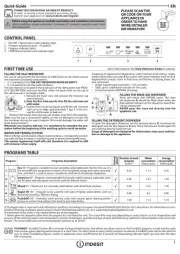
15 Juni 2025
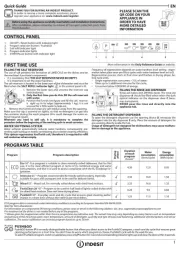
12 Mei 2025
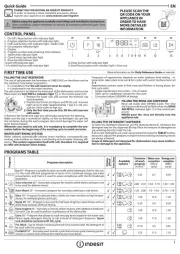
27 April 2025
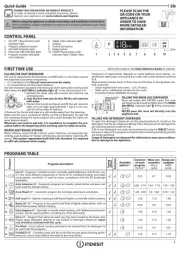
27 April 2025
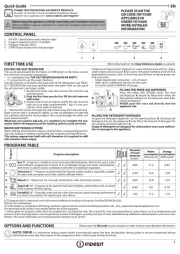
27 April 2025
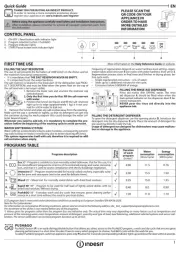
27 April 2025

13 Maart 2025

20 Februari 2025
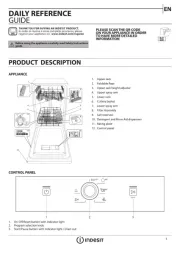
7 December 2024

15 November 2024
Handleiding Vaatwasser
- Kenwood
- Insignia
- Lynx
- Bar Maid
- Meireles
- Ariston Thermo
- Godrej
- Euro Appliances
- Noble
- Eurotech
- Swan
- Koenic
- Marynen
- Boretti
- Balay
Nieuwste handleidingen voor Vaatwasser

7 Augustus 2025
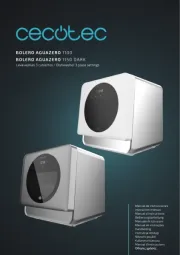
5 Augustus 2025
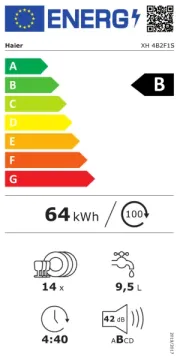
5 Augustus 2025
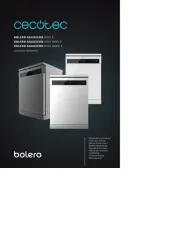
5 Augustus 2025
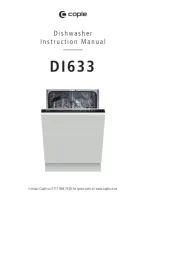
5 Augustus 2025

5 Augustus 2025
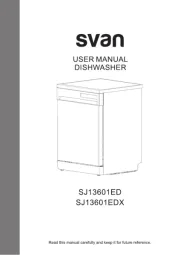
5 Augustus 2025
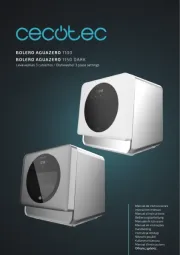
5 Augustus 2025
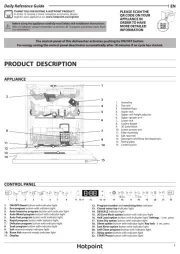
5 Augustus 2025
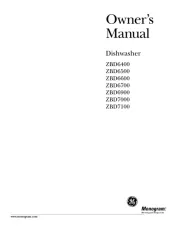
5 Augustus 2025